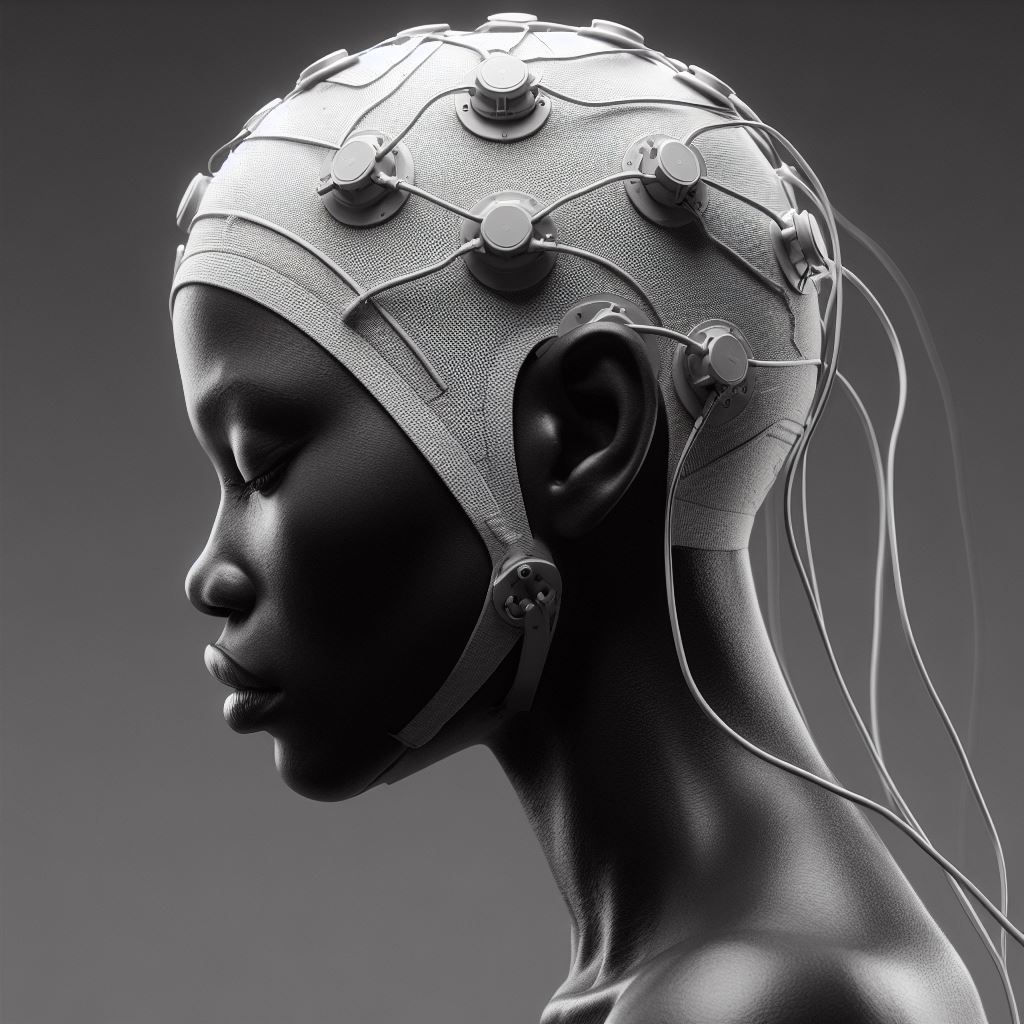English Language Learning with Brain-Computer Interfaces
LANGUAGE AND TECHNOLOGY - BCI
Explore an innovative approach to learning the English language through Brain-Computer Interfaces (BCIs). Traditional language learning methods have long been supplemented by technology, but the integration of BCIs offers a novel and exciting paradigm shift. BCIs provide a direct link between the human brain and digital devices, allowing for enhanced language acquisition, personalized learning experiences, and improved cognitive efficiency. This webpage examines the potential of BCIs in the field of English language education, and offers insights into their benefits and challenges.
Language learning has evolved significantly with the integration of technology. From online courses and language apps to virtual reality simulations, learners have a myriad of tools at their disposal. However, Brain-Computer Interfaces (BCIs) represent a groundbreaking development in this field. BCIs create a direct communication channel between the human brain and external devices, such as computers or smartphones, bypassing traditional input methods like keyboards or touchscreens. This paper explores the implications of utilizing BCIs for learning the English language, offering an innovative approach to language acquisition.
Brain-Computer Interfaces are poised to revolutionize the way English is learned. The direct link between the human brain and digital language learning tools offers unprecedented advantages in terms of memory retention, personalization, engagement, and pronunciation improvement. As technology advances and becomes more affordable, BCIs have the potential to become a standard tool in English language education, democratizing access to quality language learning experiences.
Language learning has evolved significantly with the integration of technology. From online courses and language apps to virtual reality simulations, learners have a myriad of tools at their disposal. However, Brain-Computer Interfaces (BCIs) represent a groundbreaking development in this field. BCIs create a direct communication channel between the human brain and external devices, such as computers or smartphones, bypassing traditional input methods like keyboards or touchscreens. This paper explores the implications of utilizing BCIs for learning the English language, offering an innovative approach to language acquisition.
The Power of Brain-Computer Interfaces:
BCIs harness the potential of neurotechnology to enhance language learning. Users wear EEG (Electroencephalography) headsets that detect brain activity and translate it into digital signals. These signals can be used to control language learning applications, offering numerous advantages:Enhanced Memory Retention:
BCIs can detect when the brain is most receptive to new information. Content delivery is timed to optimize memory retention, ensuring efficient learning.Personalized Learning:
BCIs track the user's cognitive responses, allowing the adaptation of lesson plans to individual needs and preferences. This ensures a tailored learning experience.Engagement and Motivation:
The real-time feedback provided by BCIs creates an engaging learning environment. Gamification elements can be incorporated, increasing motivation to learn.Improved Pronunciation:
BCIs can help users refine their pronunciation by analyzing brain responses during language exercises and providing immediate feedback.Challenges and Ethical Considerations:
While BCIs offer promising opportunities for English language education, several challenges must be addressed. These include the high cost of BCI devices, data privacy concerns, and accessibility issues. Additionally, ethical questions arise concerning the collection and use of neural data.Brain-Computer Interfaces are poised to revolutionize the way English is learned. The direct link between the human brain and digital language learning tools offers unprecedented advantages in terms of memory retention, personalization, engagement, and pronunciation improvement. As technology advances and becomes more affordable, BCIs have the potential to become a standard tool in English language education, democratizing access to quality language learning experiences.

Careers in TESOL
Careers in TESOL allow individuals to immerse themselves in new cultures, make lifelong connections, and create a lasting change. Learning a new language empowers students to unlock countless opportunities, broaden their horizons, and achieve their dreams. Be at the forefront of transforming lives, shaping future leaders, and promoting global understanding by joining with the American TESOL Institute.
American TESOL Certification
American TESOL Institute ensures its students receive the necessary training, guidance, and support before embarking on an adventure abroad. We support graduates in securing a teaching position that aligns with their preferences and goals. Whether in a bustling city, or amidst the tranquility of a rural landscape, the perfect destination awaits.
